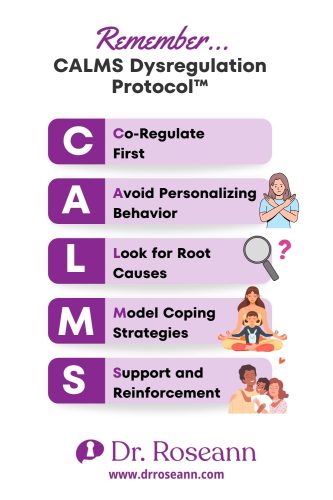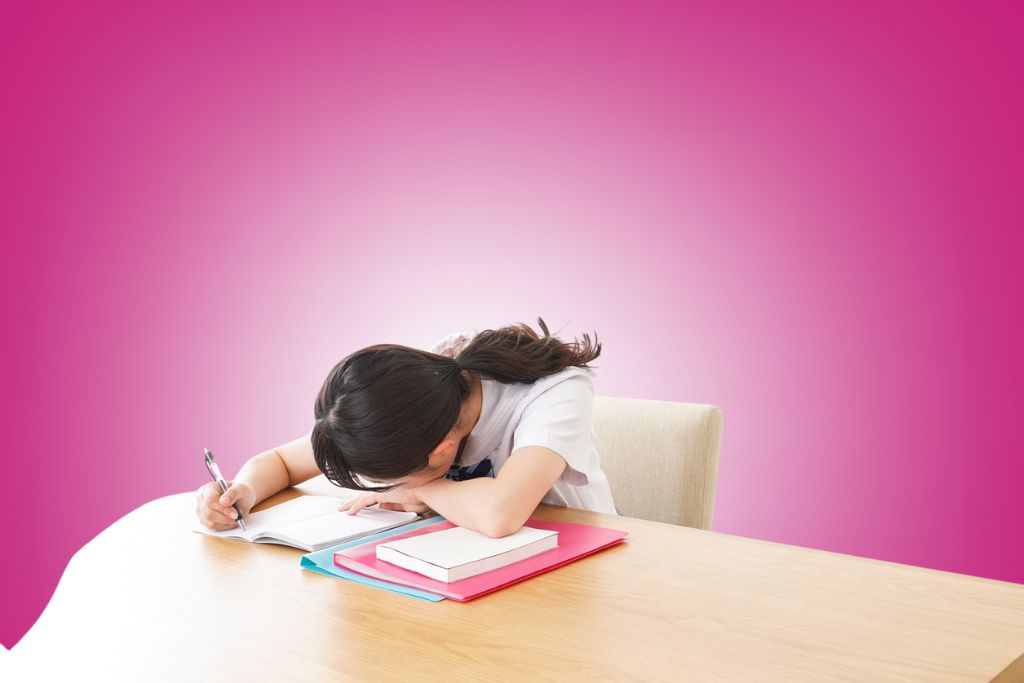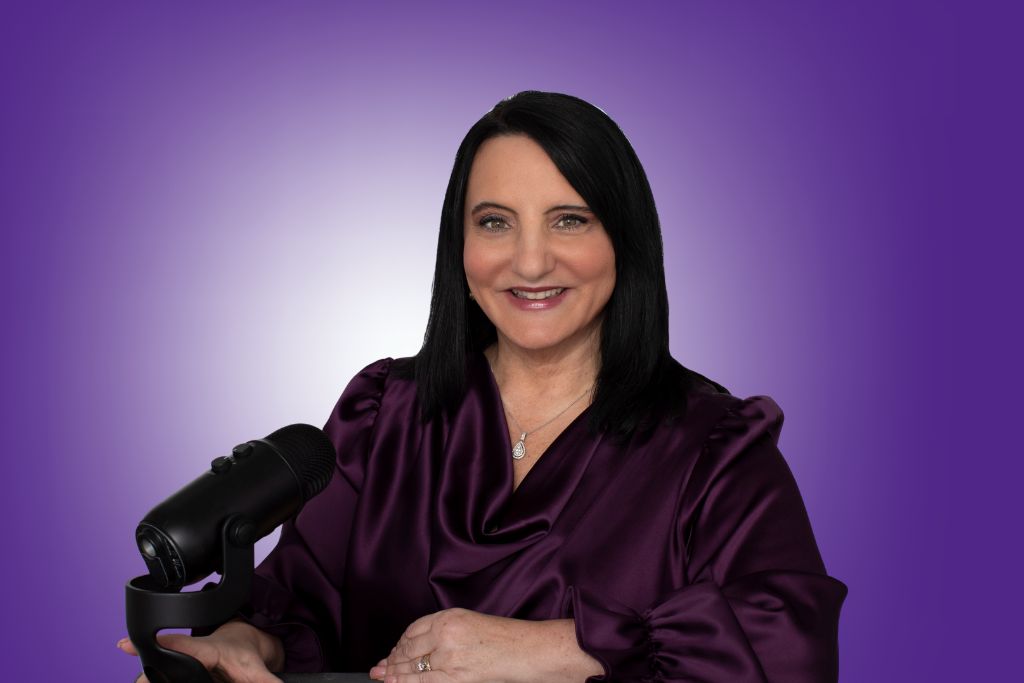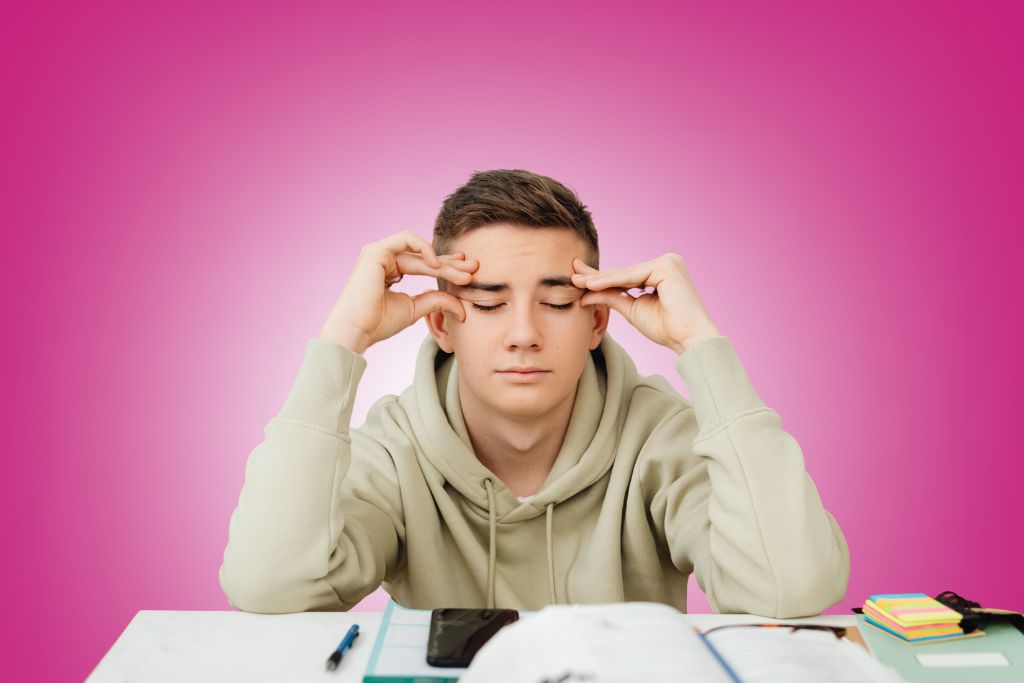Estimated Reading Time: 4 minutes
If school leaves your child overwhelmed, impulsive, or shutting down, you’re not alone. Many kids are more dysregulated than ever—and when the brain is stressed, attention, learning, and emotional control all go offline. This episode breaks down how CALMS Dysregulation Protocol helps students self-regulate so they can actually learn, connect, and succeed.
Why does my child melt down or shut down during the school day?
Big behaviors aren’t “bad behavior”—they’re a dysregulated nervous system asking for help.
Signs your child is dysregulated at school:
- Under-stimulated: zoning out, slow responses, anxious avoidance
- Over-stimulated: outbursts, sensory overload, emotional reactivity
Example: Your child leaves class “fine,” then dissolves into tears the second they get in the car. Their nervous system held it together all day and finally had space to release.
What self-regulation strategies can teachers use without singling out my child?

The first step of CALMS—Co-regulation—is essential. A calm adult helps a child’s nervous system settle. Teachers don’t need elaborate plans; small, consistent strategies create big shifts.
Effective classroom supports:
- Predictable routines (kids feel safe when expectations stay consistent)
- Calm tone + slower movements to prevent escalation
- Side-by-side approach instead of direct confrontation
These help all students—not just the dysregulated ones—and make your child feel included rather than spotlighted.
Want to stay calm when your child pushes every button?
Become a Dysregulation Insider VIP and get the FREE Regulation Rescue Kit—your step-by-step guide to stop oppositional behaviors without yelling or giving in. Go to www.drroseann.com/newsletter and grab your kit today.
How can I help the school understand that my child isn’t being defiant?
This is where A: Avoid Personalizing and L: Look for Root Causes are powerful. When we reframe behavior as dysregulation—not defiance—teachers shift from reacting to supporting.
Ask the school to use:
- Visual schedules and checklists (too much talking overwhelms dysregulated brains)
- Calm-down corners framed as tools, not punishments
- Proactive sensory and movement breaks to prevent overload
How do we build real self-regulation skills that last?
The final CALMS steps—M: Modeling and S: Support & Reinforce—help kids internalize regulation skills.
What helps these skills stick:
- Model out loud: “I’m overwhelmed. I’m taking three calming breaths.”
- Use grounding tools: 5-4-3-2-1 sensory exercise, stretching, mindful movement
- Praise effort:
- “You asked for a break before exploding—that’s regulation.”
- “You tried again—that’s courage.”
🗣️ “It’s not personal—it’s their inability to cope in that moment.”
— Dr. Roseann
Calm Starts with the Brain: What Comes Next
Self-regulation isn’t about perfection—it’s about giving the brain what it needs to feel safe. With the CALMS framework and Regulation First Parenting™, you can support your child’s attention, behavior, and emotional well-being both in school and at home. You’re not alone, and there are science-backed steps that help.
Explore more resources at www.drroseann.com to keep building your child’s regulation toolbox.
FAQs About Self-Regulation Strategies for Students
How can I tell if my child’s issue is dysregulation or behavior?
If the behavior improves when your child feels calm and supported, it’s likely dysregulation—not intentional misbehavior.
Can CALMS help kids with ADHD or anxiety?
Yes—these kids often have the most dysregulated nervous systems, and calming the brain first improves learning and behavior.
How do I talk to the teacher without sounding critical?
Lead with collaboration: “These brain-based strategies help my child stay regulated—can we try them together?”
When your child is struggling, time matters.
Don’t wait and wonder—use the Solution Matcher to get clear next steps based on what’s actually going on in your child’s brain and behavior.
Take the quiz at www.drroseann.com/help













